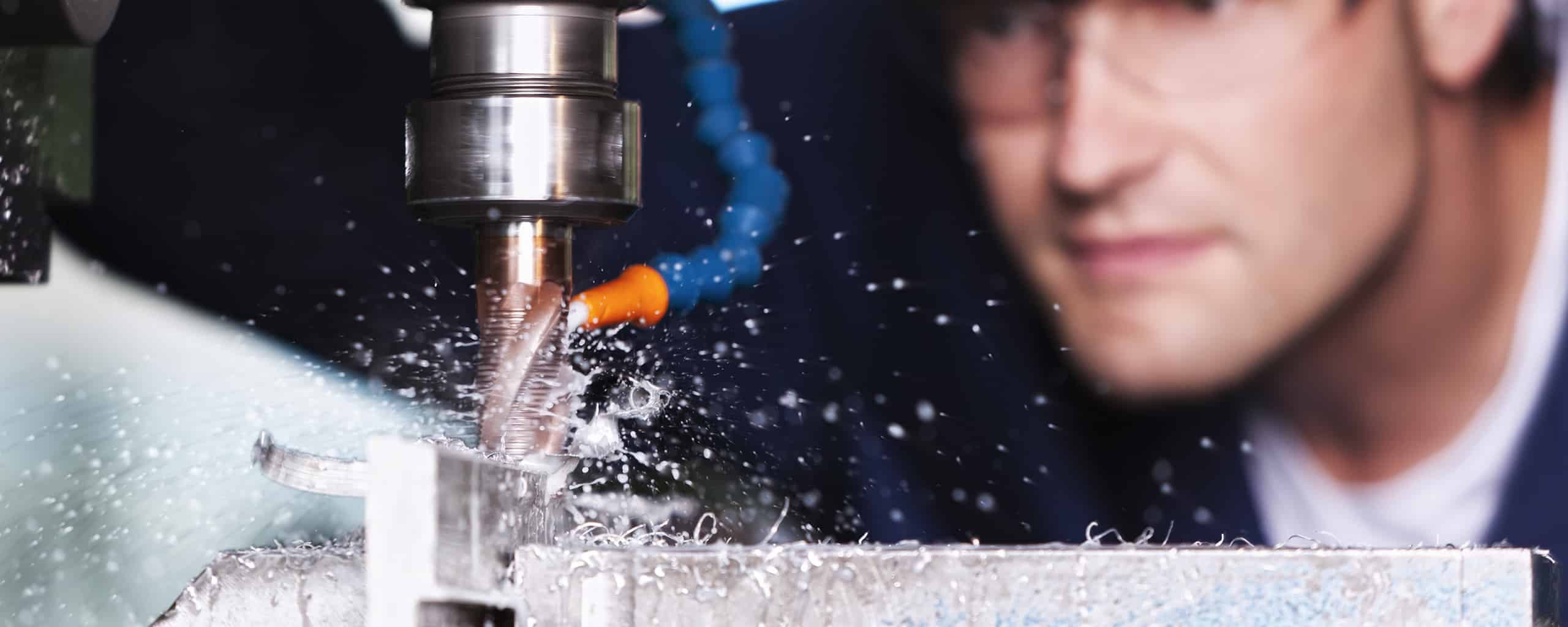
A metalworking fluid (MWF) housekeeping program can help shops reduce their cost of metalworking fluid without sacrificing productivity.
The program entails gathering data about each machine’s MWF, recording it, and reacting to it. The person collecting and recording the data should be trained to solve a problem, if one arises, or have a manager to report it to. Train the operator to be able to meet the following:
A basic housekeeping program includes performing a couple of tasks on each machine periodically:
These two tasks, when completed and recorded over time will give management insight into the status of each machines’ metalworking fluid. There are other factors that can/should be tracked that will improve your MWF program, but this is a good place to start.
Keeping the machine MWF concentration within the manufacturer’s spec is key to getting the best performance and the longest life from your MWF. Adding recordkeeping of this data to the process will give the ability to do reporting on the machine status over time. This data will become very important if there is a problem with part production.
Many metalworking fluid manufacturers recommend checking the concentration on each machine periodically. The more frequent the test is completed and recorded, the better chance of understanding the reason behind a problem. Many MWF manufacturers recommend daily checks. By routinely reviewing the data, management will be in a better position to prevent problems through predictive analysis.
Experience has shown us that each machine tool sump may have its own story. One sump may need more attention than another sump, even though it is processing the exact same metal and has the same machinist in control. For example, a shop was running the same MWF in two different machines. One machine tool sump had more tramp oil than the other. Tramp oil is another factor that should be tracked, recorded and controlled to increase the life of the MWF and improve the part production process.
When a production problem presents itself, it is best practice to be armed with data about the specific machine to help determine the root cause of the problem. The MWF might be the source of the problem, but a variety of other variables in your shop may also contribute to the problem.
With a more thorough MWF housekeeping program this issue can be further alleviated. With additional testing and recording of data you are in a better position to determine and/or schedule:
MWF housekeeping is not difficult, but it requires training, time, and diligence. Making these minor changes to your MWF management protocols will position your operation for improved production over the long term.
This article is contributed by CECOR.
For more information regarding PRAB, please visit prab.com or contact us.